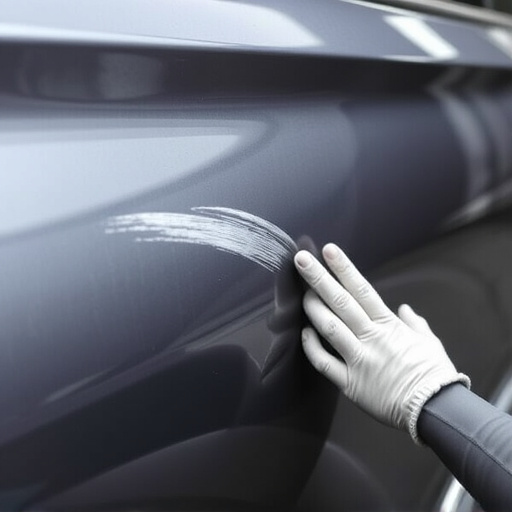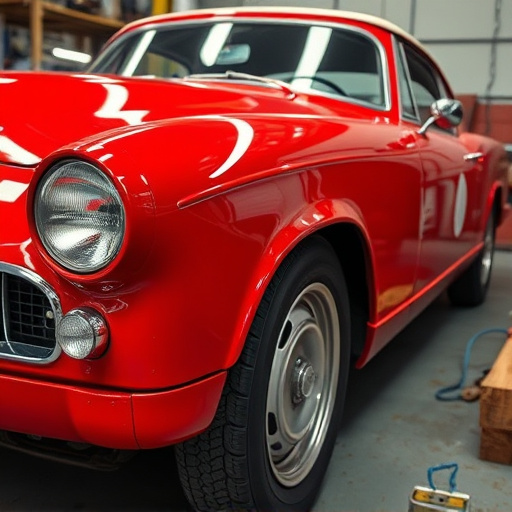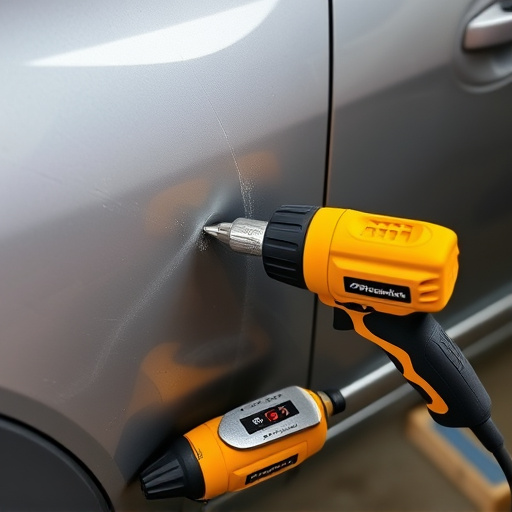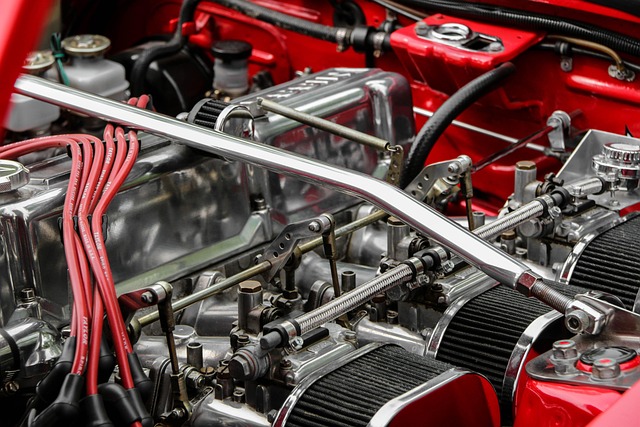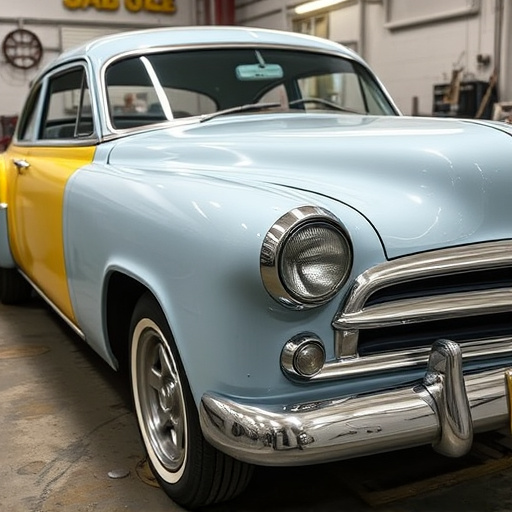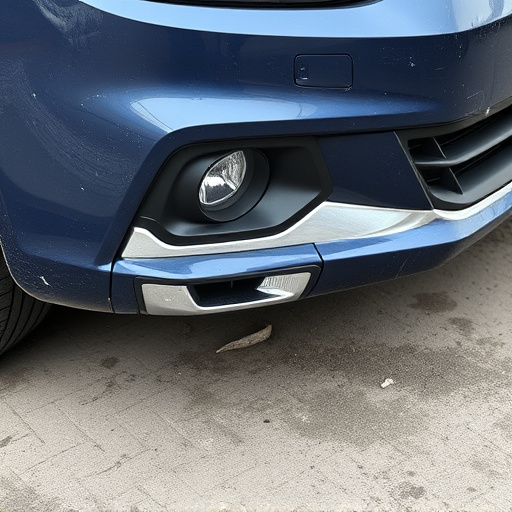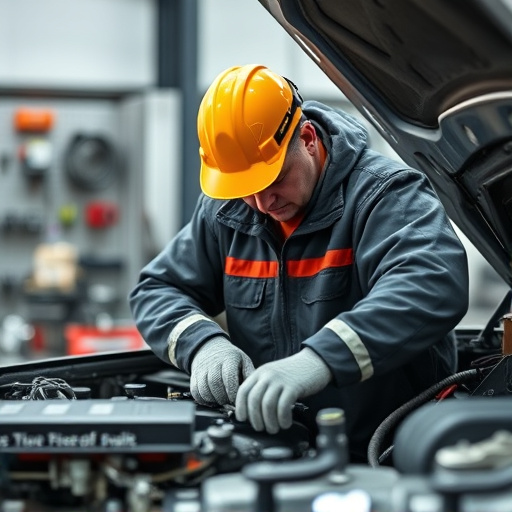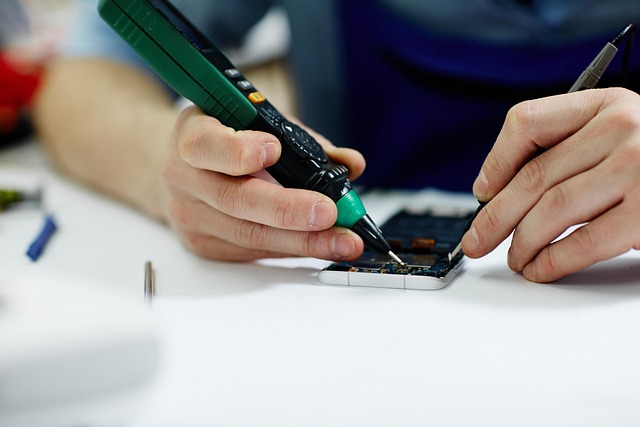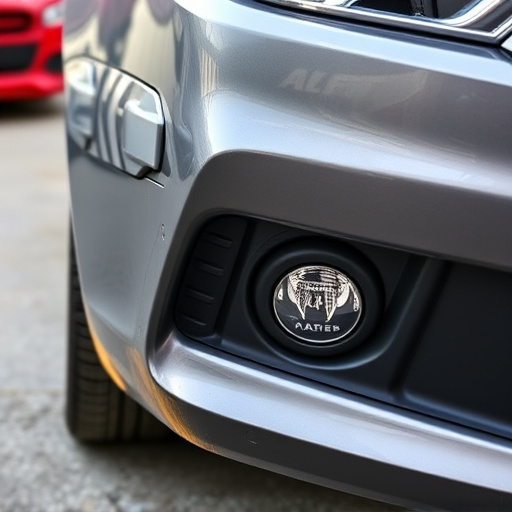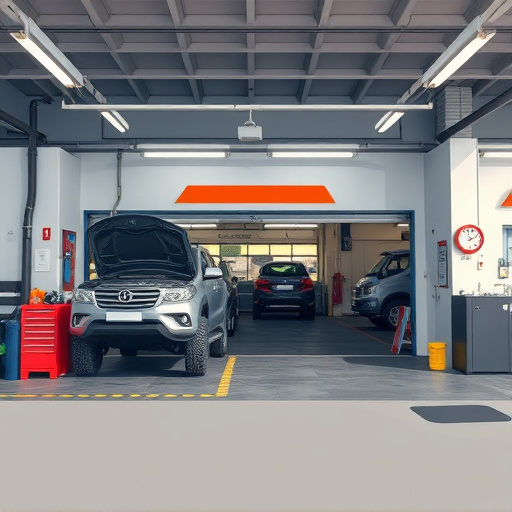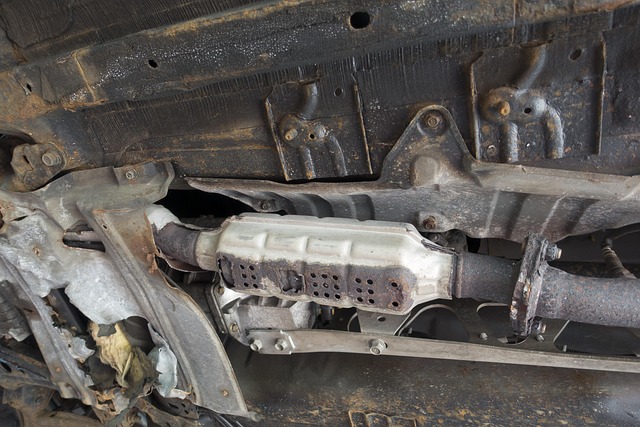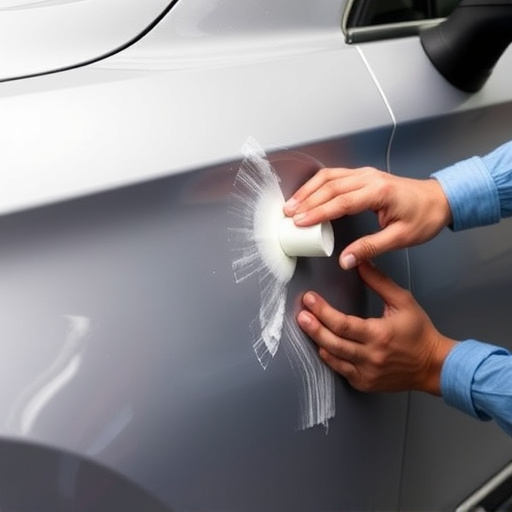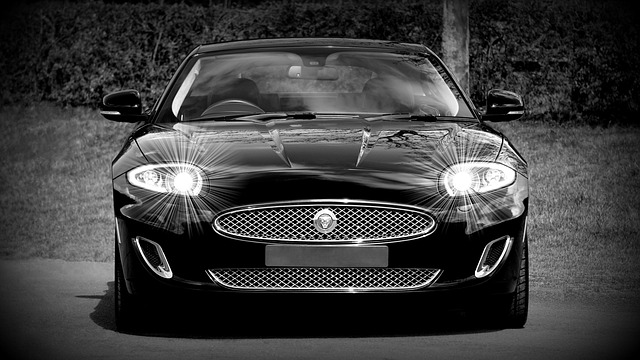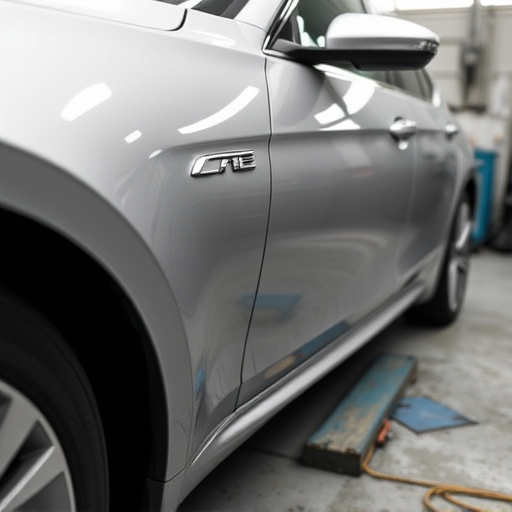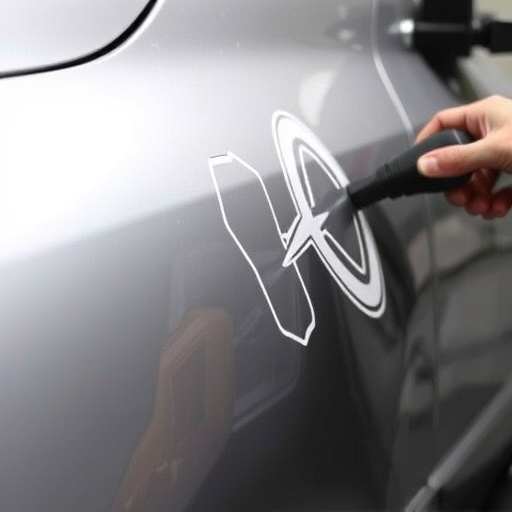A meticulous vehicle frame restoration begins with a skilled assessment of damage, including bent frames and corroded parts. Technicians use advanced techniques like precision welding, metal fabrication, and protective coatings for durable repairs or replacements. Paintless dent repair preserves original finishes. The final stage involves expert paint jobs that match factory specifications for visual appeal and corrosion protection.
“Uncovering the secrets to a successful vehicle frame restoration involves understanding key phases. From initial damage assessment to final quality checks, each step demands precision. This comprehensive guide explores the intricate process, shedding light on effective planning and state-of-the-art repair techniques. Discover the art of welding, advanced frame repair methods, and the critical importance of an impeccable paint job. By mastering these elements, you’ll be equipped to undertake—and excel at—vehicle frame restoration projects.”
- Assessing Damage and Planning Restoration Phase
- The Art of Welding and Frame Repair Techniques
- Final Touches: Paint Job and Quality Checks
Assessing Damage and Planning Restoration Phase

When undertaking a vehicle frame restoration project, the first critical step is assessing the extent of the damage. This involves a meticulous inspection to identify issues such as bent frames, damaged floors, or corroded components. Skilled technicians use specialized tools and expertise to determine the repair needs, ensuring every hidden problem is uncovered. Once the damage is thoroughly evaluated, a detailed restoration plan is devised, outlining the specific steps required to bring the vehicle back to its original condition.
During this phase, the focus shifts from simply fixing visible issues to understanding the underlying structure of the car. It involves deciding whether to repair or replace parts, including components like the chassis, suspension systems, and body panels. The planning stage also considers the use of advanced techniques such as precision welding, metal fabrication, and specialized coatings to ensure durability and longevity in the final restoration. This meticulous preparation is key to achieving a high-quality outcome, especially for those seeking top-tier car bodywork services or luxury vehicle repair.
The Art of Welding and Frame Repair Techniques

The art of welding is a crucial skill in vehicle frame restoration, requiring precision and expertise to ensure structural integrity. Professionals employ various techniques, from traditional spot welding to advanced laser welding, to join metal components precisely. Each method has its advantages, offering both strength and aesthetic benefits for specific repair needs. For instance, laser welding can create intricate, precise joints, ideal for complex frame damage, while spot welding is efficient for simpler repairs, ensuring a robust connection.
In the realm of automotive restoration, mastering these skills is essential to revive vintage or damaged vehicles. Paintless dent repair techniques complement welding by addressing cosmetic issues without painting. These methods allow restorers to preserve the original finish, enhancing the overall value and allure of the vehicle. By combining meticulous welding and paintless repairs, a car body shop can deliver exceptional results, transforming damaged frames into stunning, restored masterpieces.
Final Touches: Paint Job and Quality Checks

After the frame is fully restored and all structural repairs are complete, the final touches come into play—this is where a vehicle’s aesthetics truly transform. The paint job is a crucial step in any vehicle frame restoration process; it not only enhances the visual appeal but also protects the metal from future corrosion. Skilled technicians at reputable auto body shops or collision centers use high-quality paints and careful application techniques to ensure a smooth, even finish that matches the original factory specifications.
Quality checks are meticulously performed throughout the entire restoration process, but they reach a new level of importance during this final stage. Inspecting the paint job involves examining color consistency, checking for any imperfections like bubbles or runs, and ensuring proper adhesion to the frame. These meticulous checks guarantee that the restored vehicle not only looks good but also stands the test of time, providing owners with peace of mind on the road.
Vehicle frame restoration is a meticulous process that demands careful planning and execution. From assessing damage to applying the final coat of paint, each phase is crucial in ensuring the restored vehicle meets high-quality standards. By understanding the timeline and techniques involved, enthusiasts and professionals alike can navigate the journey of vehicle frame restoration with confidence, transforming damaged frames into reliable and aesthetically pleasing structures.
